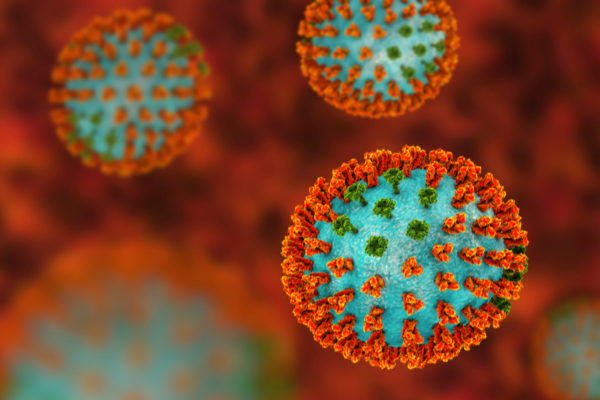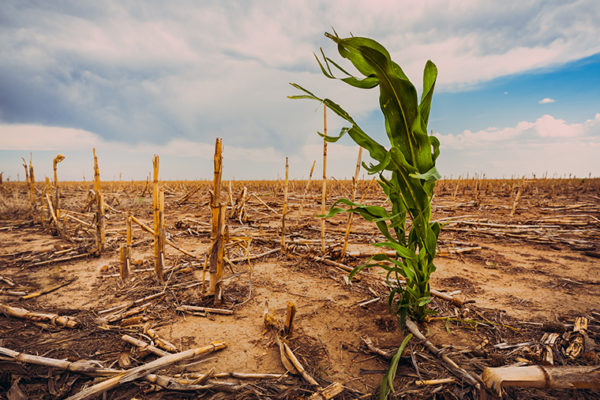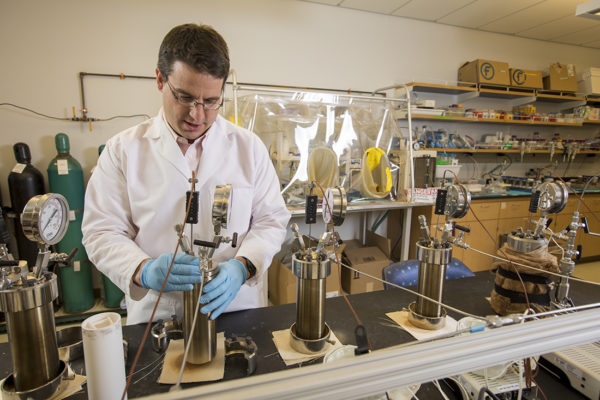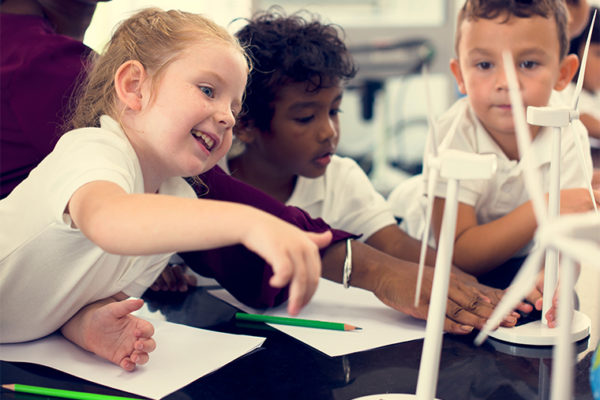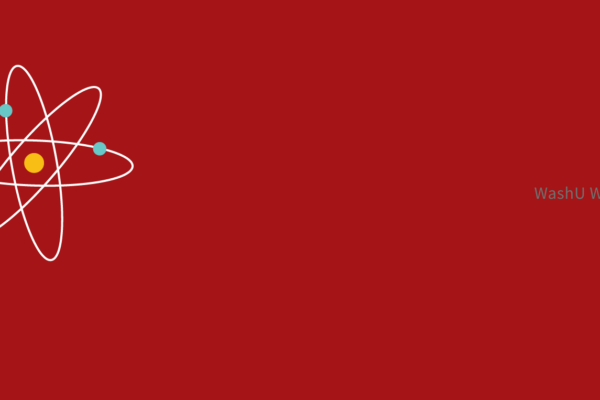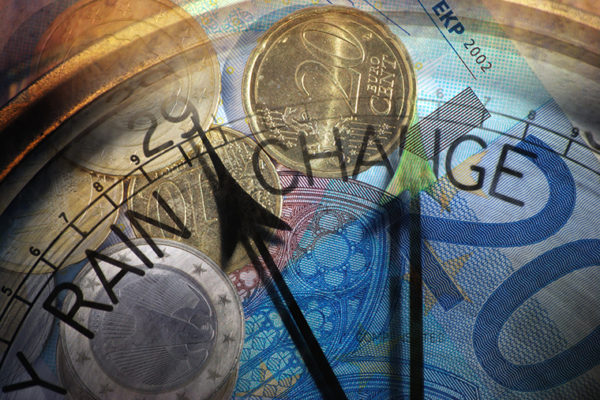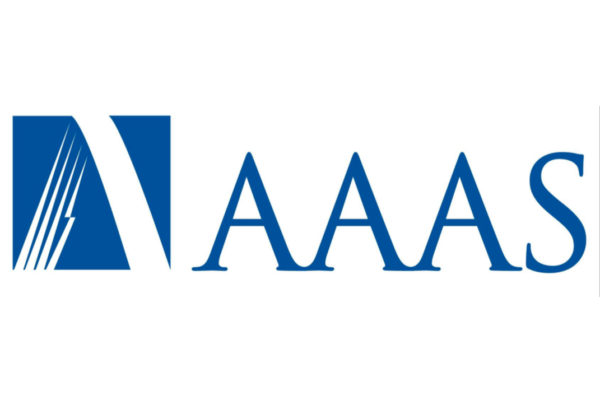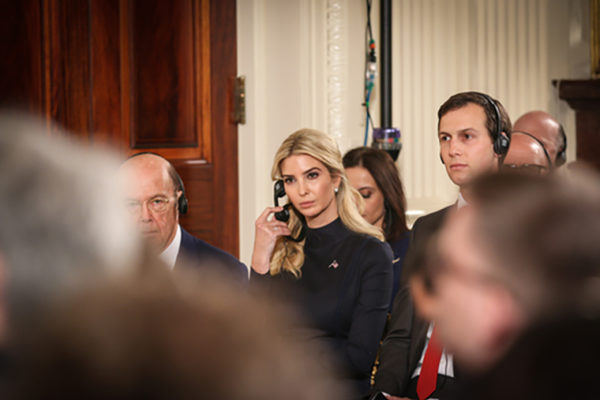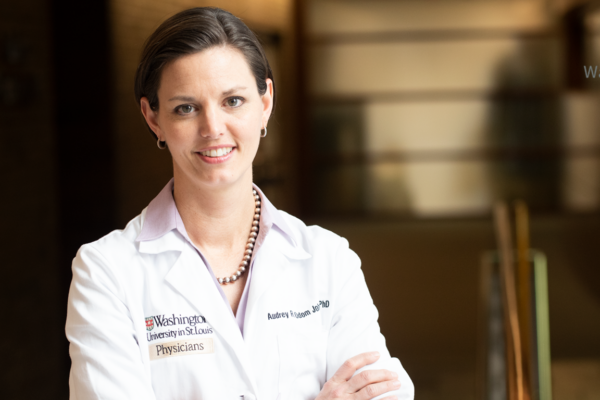Flu’s clues: A new approach to studying influenza
A new paper co-authored by the School of Engineering & Applied Science’s Michael Vahey on a new way to study influenza gives researchers insights into how this virus remains so successful in humans — and ultimately how to fight it.
Plant’s recycling system important in sickness and in health
Autophagy has a remarkable influence on a plant’s metabolism even under healthy growing conditions, according to new research led by Richard Vierstra in Arts & Sciences.
WashU Experts on the Climate Assessment
Washington University in St. Louis experts from all corners of academia long have been studying climate change in the context of their own fields. Here is a sampling of their perspectives on the National Climate Assessment released Nov. 23.
WashU Expert: Climate Assessment makes clear the cost of inaction
The many scientists behind the National Climate Assessment, released the day after Thanksgiving, have provided something of a price tag, says a Washington University in St. Louis expert on mitigation and sequestration.
WashU Expert: Students at every grade need to learn climate science
Even the youngest students are ready to learn about climate science, according to Michael Wysession, professor of Earth and Planetary Sciences in Arts & Sciences and executive director of the Teaching Center at Washington University in St. Louis.
The Discoverer: Lan Yang
Lan Yang, Washington University in St. Louis research scientist, has a passion and persistence for photonics.
Economics of climate change difficult to assess
As an economist, academician and researcher steeped in such data and assessments, one Washington University in St. Louis expert wants to press the pause button on the worst-case-scenario numbers related to the National Climate Assessment that was released the day after Thanksgiving.
AAAS names 11 Washington University faculty as fellows
Eleven faculty members at Washington University in St. Louis are among 416 new fellows selected by the American Association for the Advancement of Science (AAAS), the world’s largest general scientific society.
WashU Expert: Work vs. private email — even at the White House
When it comes to personal versus private email use, it’s all a matter of controlling access.
The Fighter: Audrey Odom John
Audrey Odom John, MD, PhD, is on a mission to fight the spread of infectious diseases like malaria through better, faster, more nimble diagnostic tools.
Older Stories
